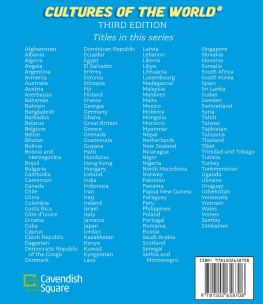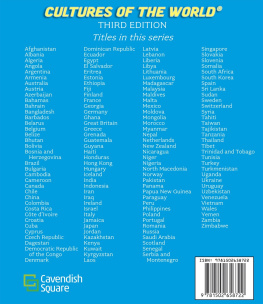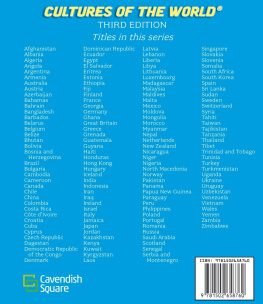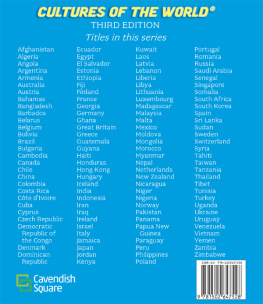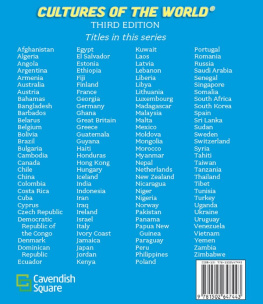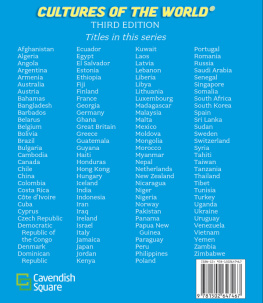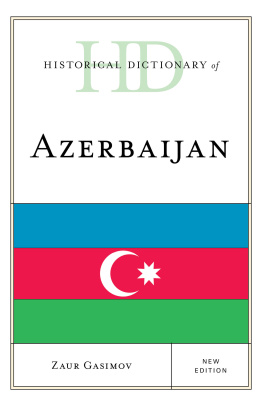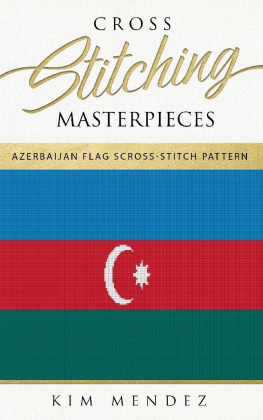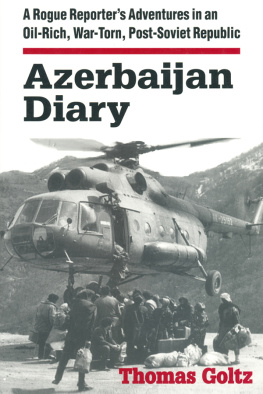
Published in 2021 by Cavendish Square Publishing, LLC
243 5th Avenue, Suite 136, New York, NY 10016
Copyright 2021 by Cavendish Square Publishing, LLC
Third Edition
No part of this publication may be reproduced, stored in a retrieval system, or transmitted in any form or by any meanselectronic, mechanical, photocopying, recording, or otherwisewithout the prior permission of the copyright owner. Request for permission should be addressed to Permissions, Cavendish Square Publishing, 243 5th Avenue, Suite 136, New York, NY 10016. Tel (877) 980-4450; fax (877) 980-4454.
Website: cavendishsq.com
This publication represents the opinions and views of the author based on his or her personal experience, knowledge, and research. The information in this book serves as a general guide only. The author and publisher have used their best efforts in preparing this book and disclaim liability rising directly or indirectly from the use and application of this book.
All websites were available and accurate when this book was sent to press.
Library of Congress Cataloging-in-Publication Data
Names: King, David C., author. | Nevins, Debbie, author.
Title: Azerbaijan / David C. King and Debbie Nevins.
Description: Third edition. | New York: Cavendish Square Publishing, 2021.
| Series: Cultures of the world | Includes bibliographical references and index.
Identifiers: LCCN 2020020203 | ISBN 9781502658708 (library binding) | ISBN 9781502658715 (ebook)
Subjects: LCSH: Azerbaijan--Juvenile literature.
Classification: LCC DK692.3 .K56 2021 | DDC 947.54--dc23
LC record available at https://lccn.loc.gov/2020020203
Writers, third edition: David C. King; Debbie Nevins
Editor, third edition: Debbie Nevins
Designer, third edition: Jessica Nevins
Picture Researcher, third edition: Jessica Nevins
PICTURE CREDITS
The photographs in this book are used with the permission of: Cover; p. Kypros/Moment/Getty Images.
Some of the images in this book illustrate individuals who are models. The depictions do not imply actual situations or events.
CPSIA compliance information: Batch #CW21CSQ: For further information contact Cavendish Square Publishing LLC, New York, New York, at 1-877-980-4450.
Printed in the United States of America



W HAT COUNTRY LIES EAST OF EUROPE, WEST OF ASIA, NORTH of the Middle East, and south of Russia? Here are some hints, or perhaps they are riddles: This place lies between two seas and across jagged mountains. Its mountains are full of snow, but its soil is full of fire. Its arteries flow with oil and gas, but its volcanoes spew mud. This is a landlocked country, but its capital city embraces a sea. Leaping above that citys skyline are towering flames. At night, they glow in blazing colorsfor this country calls itself the Land of Fire.
The Flame Towers are skyscrapers, the city is Baku, the sea is the Caspian, and the country is Azerbaijan. Its name means land of fire. A country of contrasts and contradictions, it is at once very old and very new. Geographically and culturally, it is a nation between competing influences. The country straddles two continents, with one foot in Europe and the other in Asia. Culturally, it does very much the same thing, with the added Persian influence of the Middle East. Historically, its linked to Russia, having spent around 70 years as a Soviet republic.
Azerbaijan is a majority Muslim country that is proudly secular. Its a republic, but its people are not really freeat least, not according to numerous international human rights organizations. Azerbaijan claims to be a peaceful nation, yet its in a constant state of discord with its neighbor Armenia. These are just some of the conflicting characteristics of this land.
Azerbaijan is one of three independent nations in Transcaucasia; the other two are Georgia and Armenia. Transcaucasia, named for the Caucasus Mountains, is an expanse of land that lies between the Black Sea and the Caspian Sea. Azerbaijan is on the eastern side, bordering the Caspiana great inland sea with no outlet to the earths oceans, which makes Azerbaijan technically landlocked. The countrys most densely populated region is a small peninsular hook of land that extends into this sea. Beneath the land and the sea lie treasurethe oil and natural gas that fuel the countrys economy as well as the strange fire phenomena that give Azerbaijan its name.
Azerbaijan is made up of a number of pieces that fit together like a puzzle. This puzzle has two pieces, or perhaps three. The main piece of the nation is separated from its western exclave, the Naxcivan Autonomous Republic (sometimes spelled Nakhichevan), by a stretch of Armenian land. Adding to the confusion is yet another autonomous region, Nagorno-Karabakh. This puzzle piece is claimed by Azerbaijan, but it is also the self-proclaimed nation of Artsakh, made up of ethnic Armenians. This disputed territory is a very sore spot for Azerbaijanan open wound that wont heal. Despite a 1994 ceasefire, and numerous international attempts at a peace settlement, violence still flares up on its borders.

This map shows the Caucasus region, with Azerbaijan and its neighbors as well as the Black Sea and the Caspian Sea.

Stepanakert is the capital of the Republic of Artsakh, or the largest city in Azerbaijans Nagorno-Karabakh region, depending on ones perspective. The city lies on the Karabakh Plateau at an average altitude of 2,667 feet (813 meters).
Since it first became an independent nation in 1991, Azerbaijans status in the world has risen. It has redefined itself as a major regional energy supplier, which has increased its wealth and influence. Pipelines crisscross the country, delivering gas and oil to energy-hungry Europe. The profits have helped develop the countrys infrastructure as the economy has grown. [Note: The economic information in this book does not reflect the effects of the 2020 global coronavirus pandemic, which at this writing remain to be determined.]

A multitude of rigs drill for oil in a large, flat field in Azerbaijan.
All that good news is dampened, however, by international concerns about corruption. The government is accused of growing authoritarianism. The countrys leadership has remained in the Aliyev family since Heydar Aliyev became president in 1993 and was succeeded by his son, Ilham, in 2003. As president, Ilham Aliyev is behaving more and more like a dictator. He has managed to have the constitution changed to his benefit several times, allowing him to rule indefinitely and with ever-increasing power. In particular, he has quashed political opposition and clamped down on civil liberties. Journalists are especially restricted. Many have been detained or imprisoned on fabricated charges, while others face travel bans.

